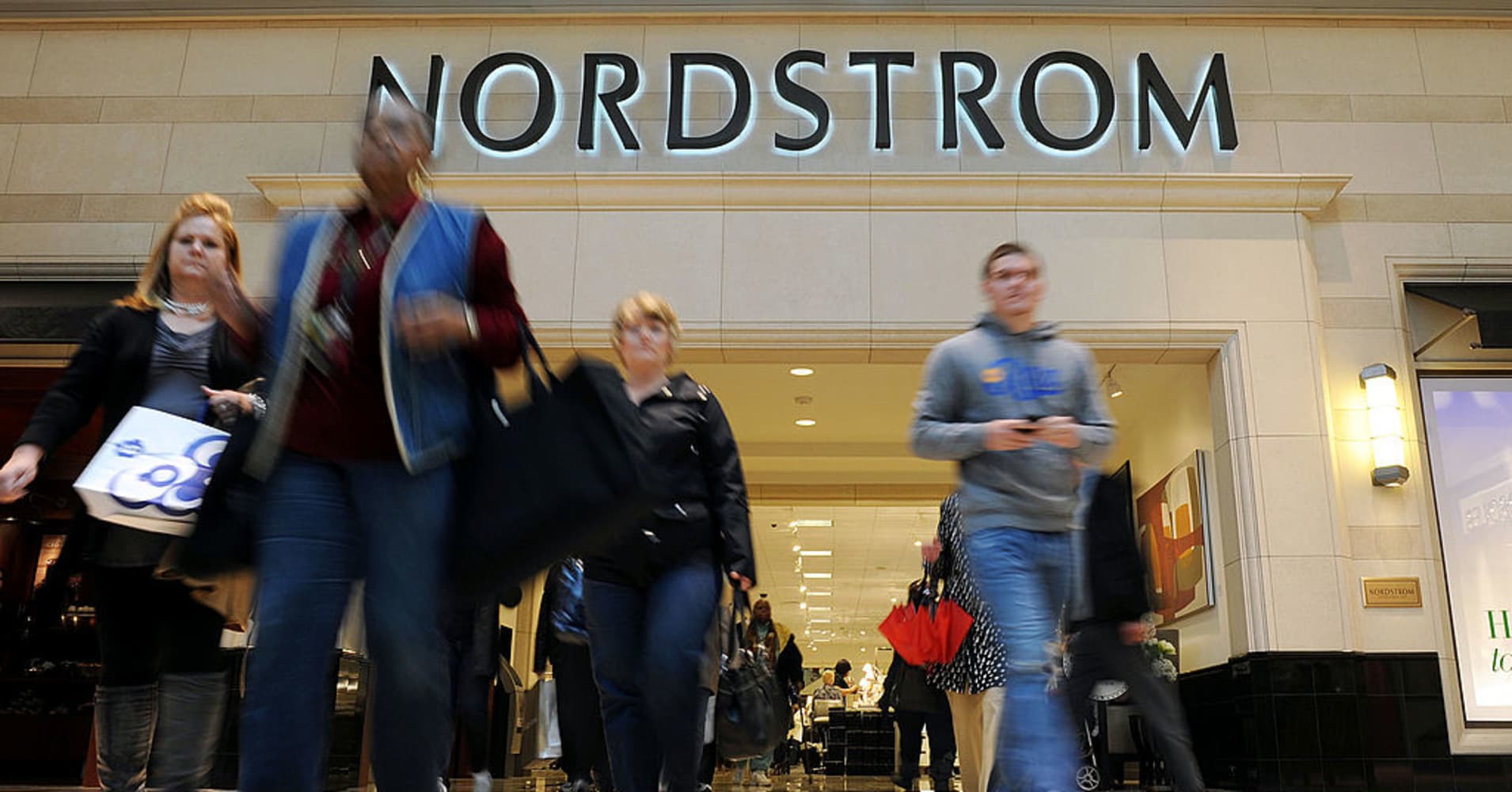
Retailers need to pay attention to younger shoppers and where they’re spending money, because those destinations are constantly changing.
Millennial and Gen Z shoppers in 2018 are flocking to the likes of Victoria’s Secret, Sephora, Nike and Nordstrom to shop, according to the 2018 Love List Brand Affinity Index compiled by Goldman Sachs and Conde Nast.
Millennials are defined as those people born between 1981 and 1996, according to the Pew Research Center. Gen Z shoppers are typically referred to as those consumers born thereafter. As time passes, these generations are expected to make up an even larger share of the U.S. population.
Luxury brands led by Gucci joined the list this year as millennials and Gen Z turn away from low-quality fast fashion. Nordstrom also benefited from the shift in consumer tastes, jumping five spots from last year.
“The idea of fast fashion has really taken a big dip, so they’re willing to pay more for something that will last,” said Pamela Drucker Mann, Conde Nast’s chief revenue and marketing officer. A strong consumer environment also explains the increased popularity of luxury brands.
The Love List asks millennial and Gen Z shoppers about their favorite brand, store or website based on category. Victoria’s Secret again topped the annual list, a surprising result given the retailer’s struggles to boost sales growth. Shares of L Brands, parent of Victoria’s Secret, are down nearly 29 percent since the start of the year.
Another surprise was Target, making the list this year for hair care. Last year, it ranked 17 for selling athletic apparel.
After ranking in the top 10 across all fashion categories last year, Amazon dropped off this year. While conventional thinking says that consumers make decisions based primarily on their wallets, millennials and Gen Z want more than just the low price tags of private labels.
Conde Nast and Goldman Sachs created the lists based on a survey of nearly 1,500 U.S. consumers ages 13 to 34, along with another survey of 1,174 Conde Nast “It Girls,” which the company defined as people who engage frequently with one or more Conde Nast brands and are known for being first to try new products and brands.
Here is the full list:
1. Victoria’s Secret, Lingerie
2. Sephora, Beauty Retail
3. Nike, Athletic
4. Ulta, Beauty Retail
5. Nordstrom, Luxury
6. Kate Spade, Handbags
7. Michael Kors, Handbags
8. Adidas, Athletic
9. Gucci, Luxury
10. Coach, Handbags
11. Lululemon, Athletic
12. Target, Haircare
13. Chanel, Fragrance
14. Urban Decay, Beauty Retail
15. Neutrogena, Skincare
16. Macy’s, Fragrance
17. DSW, Shoe Retail
18. Louis Vuitton, Luxury
19. Steve Madden, Shoe Retail
20. Marc Jacobs, Fragrance
21. MAC, Beauty Retail
22. Walmart, Beauty Retail
23. Clinique, Skincare
24. Aerie, Lingerie
25. Forever 21, Clothing Retail
Conde Nast and Goldman Sachs also identified emerging brands with the potential to appear on future Love Lists. When asked to pick the up-and-coming brands that they weren’t thinking about a year ago, millennial and Gen Z shoppers chose Fenty Beauty, Glossier, Colour Pop, Fabletics, Fashion Nova and The Ordinary.
“They’re all really important brands because they have a story to tell,” Mann said. “Similar to luxury brands, these newcomers are about craftsmanship.”
Younger shoppers also identified enduring favorites that are more appealing to them this year. Millennials and Gen Z consumers picked Adidas, Tarte, Victoria’s Secret and Lululemon as the iconic brands that they are more focused on in 2018 than last year.
Many of the brands millennials and Gen Z shoppers are turning to today have done a better job of creating immersive, in-store experiences that offer some appeal beyond the products sold there. Lululemon, for example, will hold yoga classes in its stores. Adidas has treadmills in some of its stores that let shoppers test sneakers before they buy them. And Nordstrom has succeeded in partnering with digital brands like Casper and Allbirds, which are hard to find in person elsewhere, and bringing them into their stores.
“Gen Zers appreciate experiences and access to functionality over ownership,” said Greg Portell of A.T. Kearney. “Because they’ll listen to Spotify rather than buy a CD and use ride-sharing rather than own a car, they pose threats to the traditional retail system of delivering goods to buyers.”
The mobile apps that these shoppers are using more today than they were a year ago include Amazon in the No. 1 spot, outpacing Snapchat, along with Instagram, Sephora’s mobile app, Pinterest, Twitter and Poshmark.
Correction: An earlier version of this story misstated Pamela Drucker Mann’s name.
Be the first to comment